Datong Museum
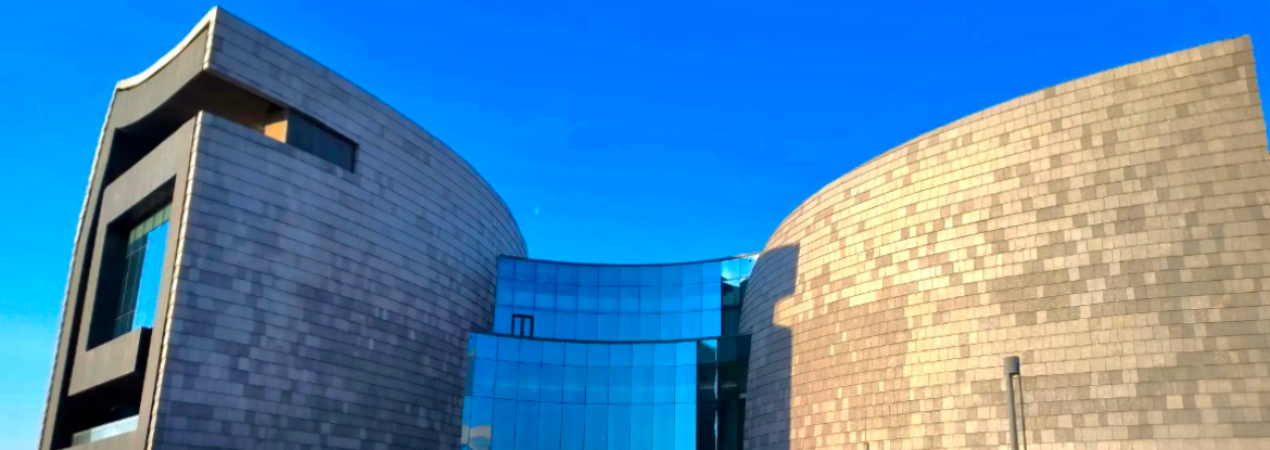
Datong Museum is a local-chronicled comprehensive museum. It was planned in 1958 and officially opened to the public in 1959. At that time, it was called Datong Cultural Relics Exhibition Hall, and was renamed Datong Museum in 1963. The current museum is located on Taihe Road, Pingcheng District, covering an area of 51,556 square meters with a building area of 32,821 square meters. It is the largest museum in northern Shanxi and officially opened to the public on December 31, 2014. The exterior of the building draws on natural and cultural elements such as volcanoes, dragon walls, and Yungang Grottoes, condensing into a double-"S" shape that twists and turns with each other. It resembles a dragon about to soar into the sky, and also implies the integration of the Hu and Han ethnic groups.
The museum currently has a collection of more than 170,000 cultural relics, among which there are over 3,000 precious cultural relics. The collections are renowned for highlighting the cultural characteristics of northern ethnic minorities, the culture of border-town strongholds, and religious cultures. They centrally demonstrate the integration genes of the Datong region. In particular, the fine cultural relics from the Northern Wei, Liao, and Jin dynasties enjoy a high reputation.
Additionally, Datong Museum has eight themed branch museums within the ancient city, including the Liang Sicheng Memorial Hall, Pingcheng Memory Museum, Northern Wei Ming Hall Ruins Museum, Northern Dynasty Art Museum, Kui Xing Cultural Museum, Liao-Jin-Yuan Ethnic Integration Museum, Datong Red Memory Museum, and Ancient Bronze Art Museum.
- Chinese name: 大同博物馆 Dàtóng Bówùguǎn
- Suggested time: 1-2 hours
- Ticket: Free
- Open hours: Tuesday to Sunday, 9:00-17:00 (Last entry at 16:00; closed on Mondays, Chinese New Year's Eve, and the first day of the Lunar New Year)
- Best time to visit: all year around
- Address: No. 506, Taihe Road, Pingcheng District, Datong, Shanxi Province, China
- How to get there: Take Bus No. 38, No. 64, or No. 70 and get off at Datong University East Station, then walk 300 meters east. Alternatively, take Bus No. 65 and get off at the Museum Station.
Highlights of Datong Museum
First Floor: The Vicissitudes of the Dai Region
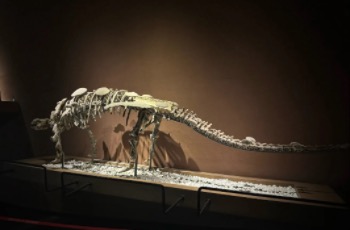 Dinosaur Fossil
Dinosaur FossilMany dinosaur fossils have been discovered in Datong. Therefore, at the end of the exhibition hall, there are two significant cultural relics that date back to the ancient and eventful times.
- A Pottery Multi-branched Lamp: A relic from the Han Dynasty. It is an exquisitely beautiful item. It's hard to imagine how dazzling it would be when lit.
- An Agate Ring: A relic from the Warring States Period. It is as beautiful as a modern jade bracelet.
Second Floor: Pingcheng in the Northern Wei Dynasty
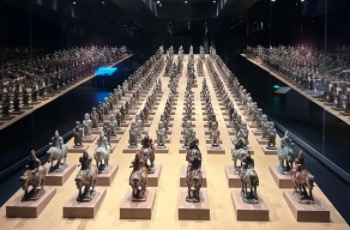 Northern Wei Pottery Figurines
Northern Wei Pottery FigurinesAs the capital city during the Northern Wei Dynasty, Datong (Pingcheng) is the focal point of this exhibition hall. It elaborately illustrates the splendid historical and cultural features of that era. Most of the museum's treasures are displayed in this hall.
- Lacquered Screen Painting: Famous for its flowing lines and bright colors, but the one on display is a replica;
- Stone-carved Coffin Bed of Sima Jinlong: It has a well-structured layout and lifelike forms, with several very noticeable strong-men figures;
- Stone-carved Column Base: Excavated from the tomb of Sima Jinlong, it is exquisitely carved;
- Northern Wei Pottery Figurines: Among the glazed pottery figurines, tomb-guarding beasts, etc., there are a great number with different expressions and postures, which makes this the most photogenic spot in Datong Museum.;
- Small Glass Bottle: One of the treasures of the museum, the Northern-Wei-style blue bottle allows one to have a glimpse into a thousand years at a glance;
- A Pottery Camel and a Camel-leading Figurine: They have quite special postures.
There are also some stone-carved warrior statues and painted pottery tomb-guarding beasts, which are quite distinctive.
Third Floor: Xijing in the Liao and Jin Dynasties and a Strategic Town in the Ming and Qing Dynasties
- Stone-carved seated Buddha statues: Carved from basalt, the statues are seated in the lotus position with solemn expressions. They remarkably embody the salient features of the Liao and Jin dynasties.
- Tomb Figurine Group of Song Shaozu and His Wife: Even in a desert-like setting, this group of figurines makes quite a powerful impression.
- Chiwen of Huayan Temple: It is an enormous mythical beast that safeguards ancient buildings. You can see the real one at Huayan Temple in the ancient city of Datong.
- Glazed inscribed plaque: A cultural relic from the Ming Dynasty, it was commissioned for the Prince Dai's mansion in the sixteenth year of the Chongzhen reign. It sparkles with a brilliant sheen. The Nine-Dragon Screen which once served as the main screen wall for the Prince Dai Mansion is also within the ancient city of Datong.
- The Datong Museum (Main Hall) requires real-name reservations. Visitors must book a time slot in advance through the official WeChat account and present their reservation code along with a valid ID on the day of their visit.
- Flash photography is prohibited inside the museum.
- The storage area is located at the first-floor entrance. Large luggage must be stored with staff assistance, while small items can be placed in self-service lockers.
- Free wheelchairs are available, and baby strollers can be used inside the museum.
Drop us a line and we'll connect you with the top China expert in no time!
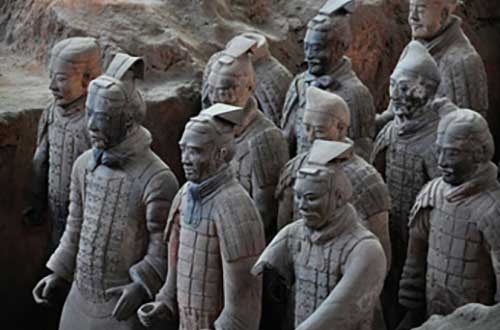 Xi'an Tours
Xi'an Tours 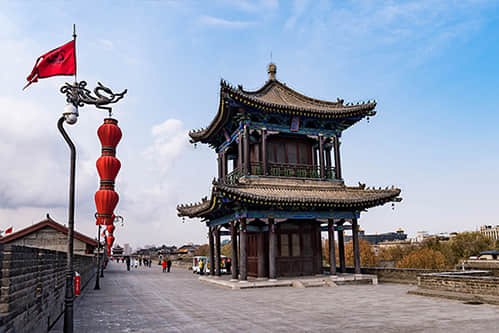 Xi'an Highlight Tour from Beijing
Xi'an Highlight Tour from Beijing 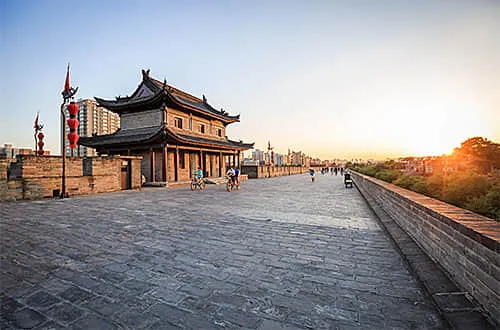 Xi'an Educational Tour
Xi'an Educational Tour 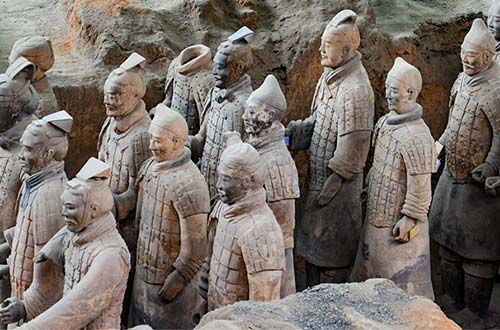 Xi'an Private One Day Tour
Xi'an Private One Day Tour